Finding the best time to send marketing emails: Unlocking engagement and conversions
Published on July 24, 2025/Last edited on July 24, 2025/7 min read
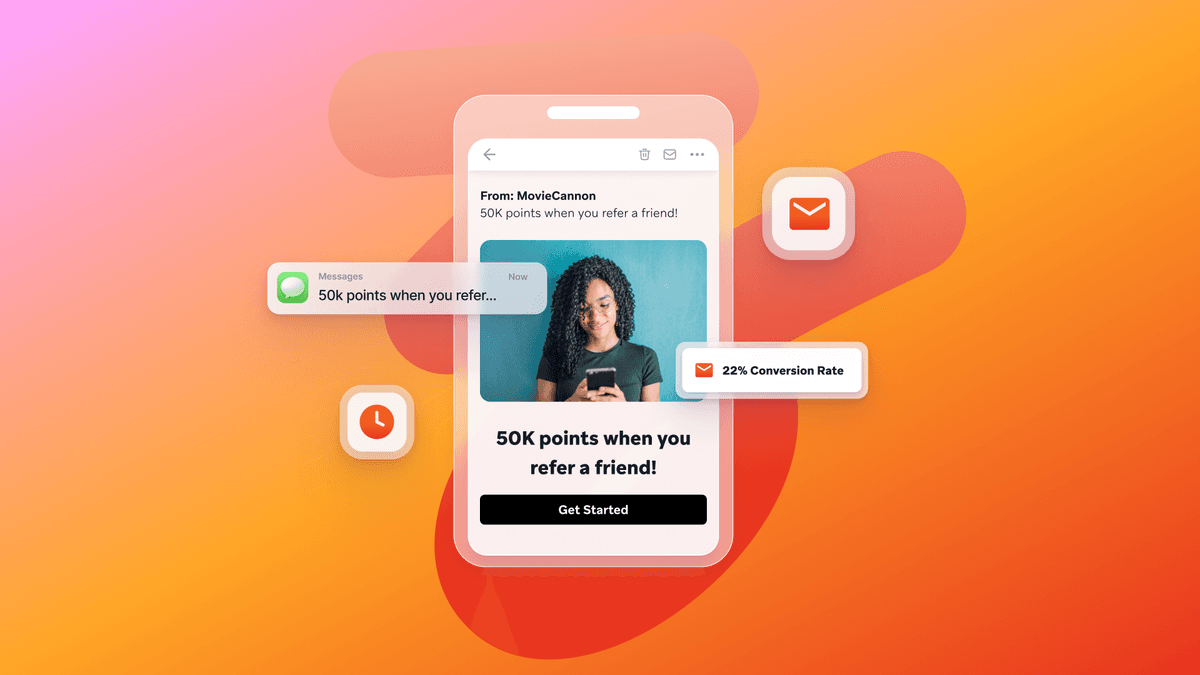
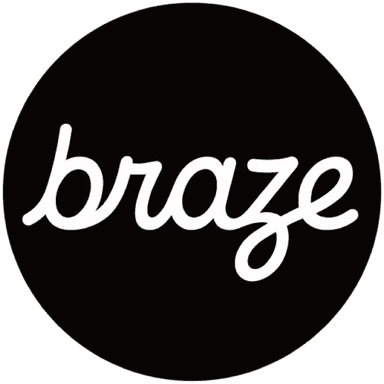
Team Braze
Finding the best time to send marketing emails is important for maximizing engagement, driving conversions, and deepening connections with customers. Good or bad timing has the potential to impact open rates, click-through rates, and, ultimately, the success of your email campaigns. Customers are inundated with many marketing messages daily, so staying relevant and maintaining good inbox etiquette is essential to being welcome in customers’ inboxes.
In this article, we’ll explore email campaign best practices: The factors that influence email timing and actionable recommendations to help you optimize your email marketing strategy.
Why timing matters in email marketing
Timing can play a pivotal role in the effectiveness of your email campaigns. Sending your emails at the right time and on the right days can lead to higher engagement, and sending them at suboptimal times may result in your messages being overlooked or ignored. Understanding your audience's behavior is the first step in determining the best time to send marketing emails. A longtime customer shouldn’t get the same messages as someone who just signed up for the email newsletter, for example.
The right email marketing platform will enable you to segment your audience, taking their preferences and real-time behavior into account when sending messages. Email automation allows brands to engage with customers at scale—for example, by sending emails when pre-determined triggers are set off. If a customer puts an item in their shopping cart but doesn’t check out, a well-timed and well-worded email can remind them to complete their purchase.
Email campaigns are especially important in a cross-channel marketing strategy. According to the 2024 Global Customer Engagement Review, users who receive email messages have 81% longer average user lifetimes than those messaged only on other channels. Furthermore, we’ve found a 69% increase in sessions per user when users receive email, compared to those who only receive messages in other channels.
It’s therefore no surprise that email is a tried-and-true channel for a lot of industries’ marketing efforts. In our 2025 Retail Customer Engagement Review, 43% of surveyed retailers named email as their number-one channel for customer engagement. Even as emerging channels gain ground, the importance of email marketing can’t be underestimated.
Audience behavior and preferences
Different demographics and industries may respond better to emails sent at different times. For example, B2B audiences may engage more during business hours, while B2C audiences might be more active during evenings or weekends when they’re shopping for personal items like apparel, household items, or gifts.
Best day and time to send email marketing
While the best time to send an email varies from each individual, here are some general recommendations.
Best days to send emails
- Tuesdays, Wednesdays, and Thursdays: These midweek days are often considered the best days to send marketing emails.
Best times to send emails
- Mid-day (10 am to 3 pm): This time frame often catches people when they are taking breaks and pick up their phones, and is often considered a good time to send emails.
- Evening: Depending on the customer and industry, evenings can be a good time to reach users who are active after work.
B2B vs. B2C timing
B2B and B2C—or business to business and business to consumer companies—do business in very different ways. B2B companies are brands that provide products and services that help other businesses rather than individual consumers: SaaS companies fall into this category. B2C companies market products and services directly to customers: Apparel companies, grocery stores, financial services companies, and quick-service restaurants are all examples of B2C companies.
As an email recipient, you can imagine how differently these companies would approach the timing of their email marketing.
- B2B emails: For B2B emails, the best times to send are typically during business hours. Midweek is also preferred for B2B communications.
- B2C emails: For B2C emails, evenings and weekends may yield better results. Many consumers check their personal emails after work, making this a prime time for engagement.
Best time to send a newsletter
Newsletters are a great way to keep your audience informed and engaged. Customers who sign up to receive your regular email newsletter demonstrate their interest in staying in touch, so you don’t want to squander their goodwill. This is why it’s important to be mindful of the timing of your newsletter: When it lands and how often you send it. The timing of your email newsletter can impact its effectiveness.
To find the best time to send your newsletter, try analyzing the behavior of your audience—or better yet, of different segments of your audience. Maybe you find your Gen Z customers love a 10 pm scroll, while people who have made a purchase in the last 30-days tend to open during a mid-afternoon break.
Best time to send an email campaign
When it comes to specific email campaigns, timing can vary based on the nature of the campaign. Here are some email campaign best practices:
Promotional campaigns
- Early in the week: For promotional emails, consider sending them early in the week (Monday or Tuesday) to capture attention before the weekend shopping rush.
Event reminders
- A few days before the event: For event-related emails, send reminders a few days before the event, ideally on a Tuesday or Wednesday. This gives recipients enough time to plan and respond.
How to use AI to find the best time to send emails
The actual best time to send an email? When users are most likely to engage. Leveraging AI can significantly enhance your email marketing strategy by analyzing user behavior patterns and engagement metrics. By examining historical data, AI algorithms can identify optimal sending times tailored to individual users, taking into account factors such as time zones, past interaction times, and even seasonal trends. This data-driven approach ensures that your emails land in inboxes when recipients are most receptive, increasing the likelihood of opens, clicks, and conversions.
Moreover, AI can continuously learn and adapt to changing user behaviors over time. As it gathers more data, it refines its predictions, allowing marketers to stay ahead of the curve. By integrating AI into your email marketing strategy, you can automate the process of determining the best send times, freeing up valuable resources while maximizing engagement. This not only enhances the effectiveness of your campaigns but also fosters a more personalized experience for your users, ultimately driving better results for your business.
foodora uses Braze Intelligent Timing to reduce unsubscribe rates by 26%
foodora recognized the need for a comprehensive customer engagement platform to unify their communications and enhance customer interaction. Previously, they struggled with inconsistent messaging and missed opportunities due to reliance on multiple platforms that lacked predictive insights, leading to low engagement rates and higher churn. By switching to Braze, foodora implemented a cross-channel marketing strategy that utilized email, push notifications, and in-app messaging, with a strong emphasis on intelligent timing to optimize engagement.
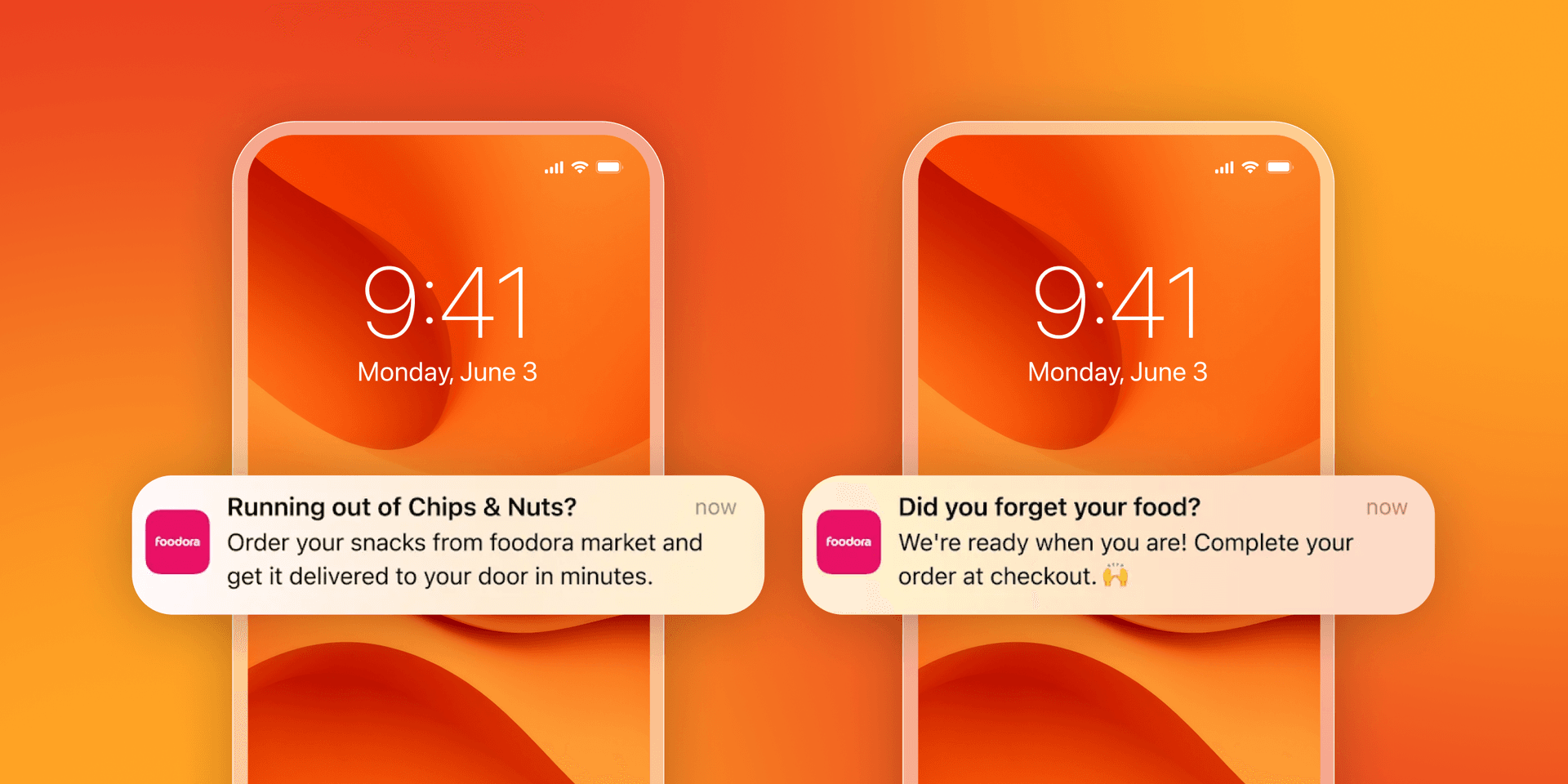
The core of foodora's strategy involved transitioning from fixed campaign delivery times to AI-powered send-time optimization, ensuring that messages reached customers at their most receptive moments. By leveraging BrazeAI™, foodora was able to analyze customer behavior and preferences, allowing for personalized and timely communications that significantly improved engagement and reduced unsubscribe rates. This intelligent timing approach not only enhanced customer satisfaction and loyalty but also aligned with foodora's mission to provide an exceptional experience, ultimately driving repeat orders and maximizing lifetime value.
Results:
- 41% conversion rate
- 26% reduction in unsubscribe rate with Intelligent Timing
- 6% increase in push direct opens
Conclusion
Remember, the key to successful email marketing lies in delivering the right message at the right time. Finding the best time to send marketing emails is essential in successfully connecting with customers for maximum engagement and conversion opportunities. By understanding your audience's behavior, leveraging industry benchmarks, and conducting A/B tests, you can optimize your email marketing strategy for better results, which includes optimal send times.
For more insights on email marketing best practices, check out our Email Deliverability Guide.
Be Absolutely Engaging.™
Sign up for regular updates from Braze.
Related Content
View the Blog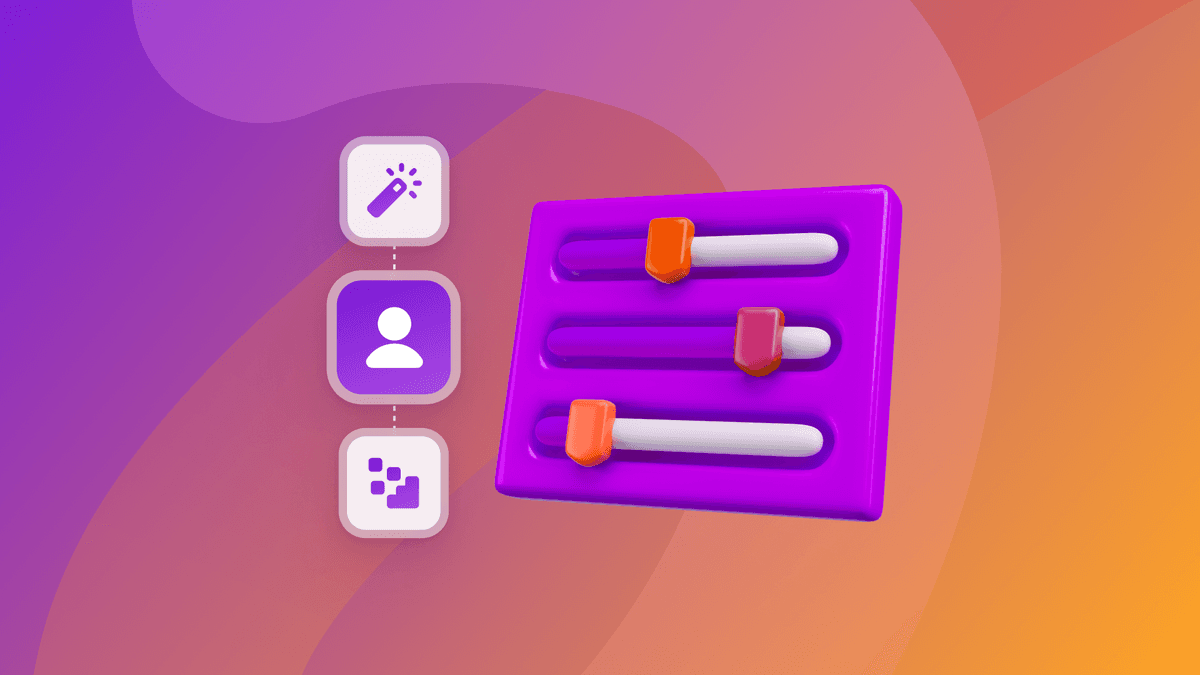
How behavioral marketing turns data into personalized experiences

Team Braze

How Braze supports exceptional customer engagement during Black Friday, Cyber Monday, and beyond

Todd Grennan
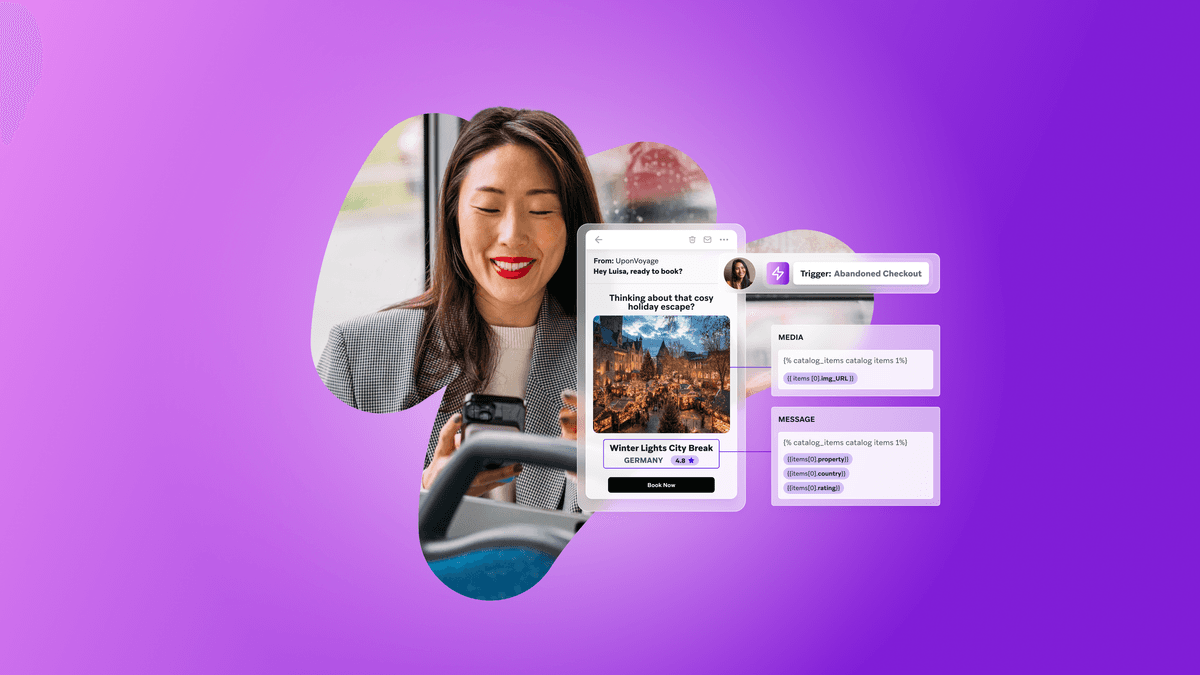
How to overcome messaging fatigue this holiday season
